In a British censorship manual from WW2 two pictures containing hidden messages are displayed. Many have tried to find these messages, but up until now with no success.
Click here for the complete top 50 list
Last Friday I gave a presentation about steganography at the annual meeting of the high IQ society Mensa. For 90 minutes I talked about null ciphers, acrostics, semagrams, and other kinds of hidden messages. Most of the material was taken from my the second edition of my book Versteckte Borschaften, which will be published in a few weeks.
In my talk I mentioned the two most important unsolved steganographic mysteries I know. Both are contained in a British censorship manual from World War II. A scan of this manual, which is kept by the British National Archives (KV-2-2424), is available here for download. It’s a fascinating read. I have blogged about it a few times before. Comments from my readers helped me to better understand the examples given in the manual and to learn more about the background.
Mystery 1: A message hidden in a fashion drawing
The first unsolved mystery is displayed on page 14 of the censorship manual. In the following fashion drawing a message is hidden:
As can be read below the picture, the hidden message has two parts. The first one is (in English): “Heavy reinforcements for the enemy expected hourly”. The German original reads as follows: “Massive Feindverstärkungen werden stündlich erwartet”. This message is encoded in morse code. The dots and lines are somehow hidden in the three ladies on the top.
The second part of the message is (in English): “Before Arras.” According to the manual, it is contained in the signature – written in a French shorthand. The German original is not mentioned, but only “Vor Arras” makes sense to me. Arras is a town in Northern France.
So far, I could neither find the morse message nor the shorthand message. I even went to the British Archive in London to look at the original document and to take high resolution photographs (like the following one). It didn’t help.
Mystery 2: A message hidden in a map
The following map is displayed on page 17 of the censorship manual:
This map represents the second mystery.
As can be read below the map, the following message is hidden in it (translated to English): “Oil has arrived, everything is ready. Gustav available for the appointed day.” The German original is not given in the manual. It might be something like: “Öl ist angekommen, alles ist fertig. Gustav hält sich am vereinbarten Tag bereit.”
Again, the message is coded in the morse alphabet (plus a transposition of 11 positions forward), which means that some elements on the map stand for dots and some others for lines. So far, nobody has identified these elements.
Here’s a high resolution picture I took in the National Archive:
Can a reader help?
As mentioned, I have blogged about these two hidden messages several times. I wrote about them in the first edition of my book Versteckte Botschaften. I reported on them in several peresentations. Many tried to find the solution, but to no avail.
If you have an idea how these messages are coded, I would be very interested to learn.
Follow @KlausSchmeh
Further reading: Tony Gaffney’s starlight steganogram
Linkedin: https://www.linkedin.com/groups/13501820
Facebook: https://www.facebook.com/groups/763282653806483/

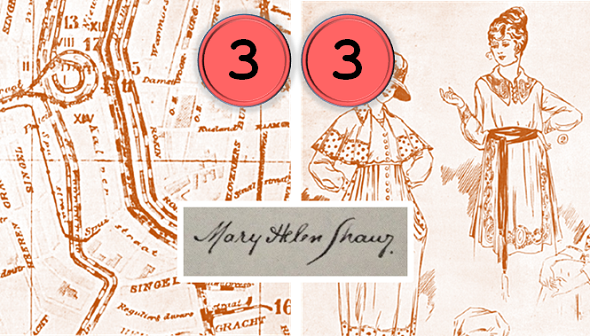
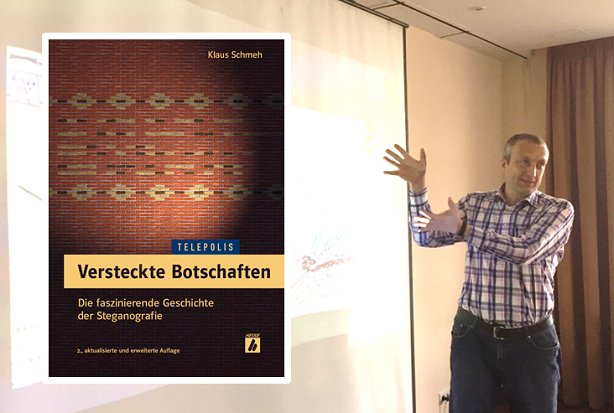
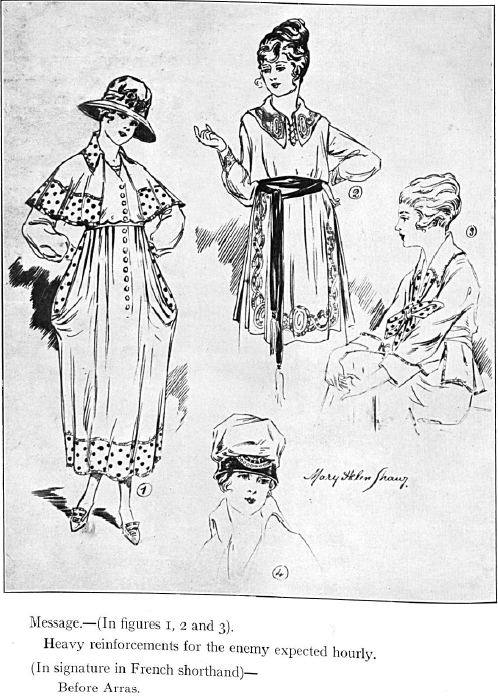

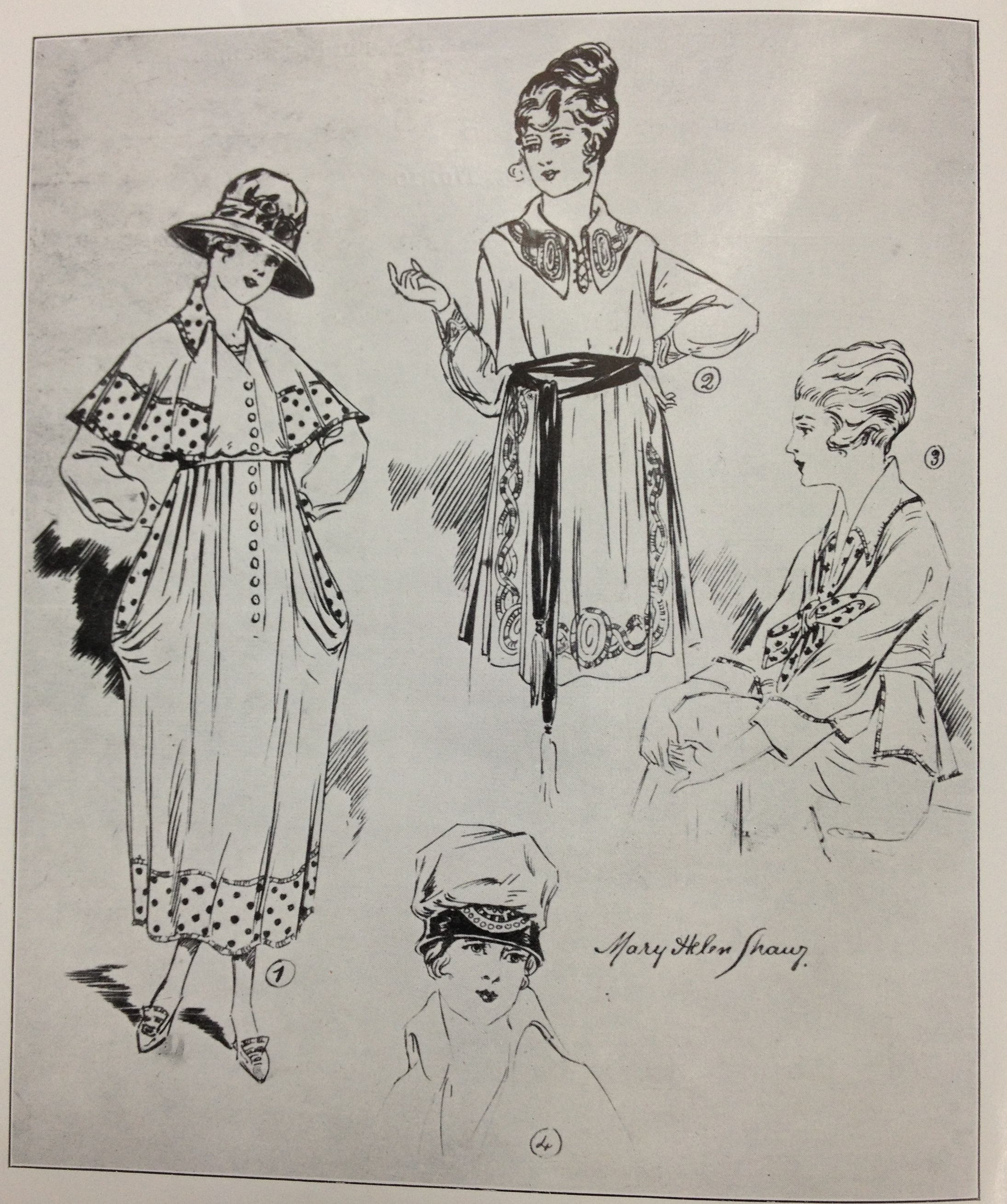
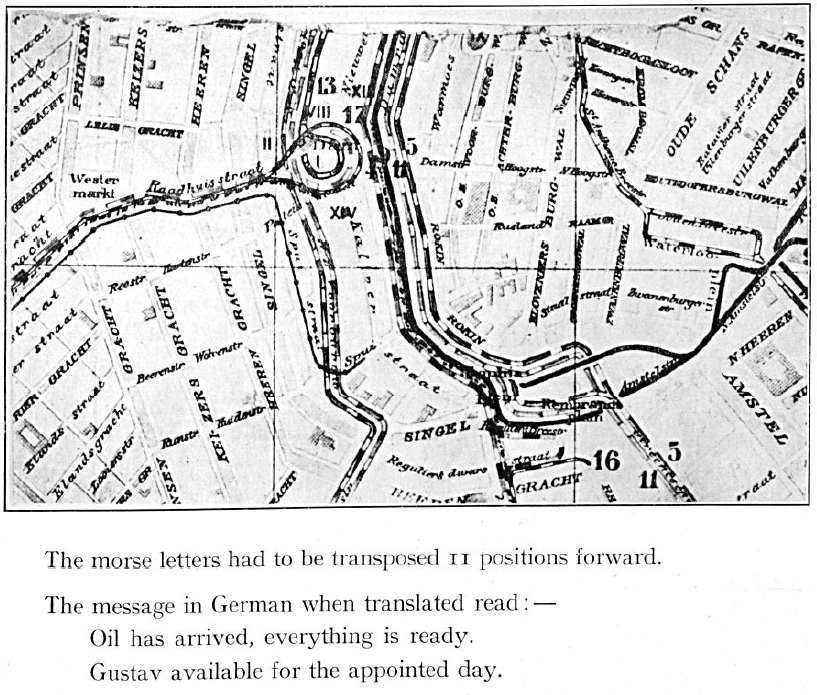
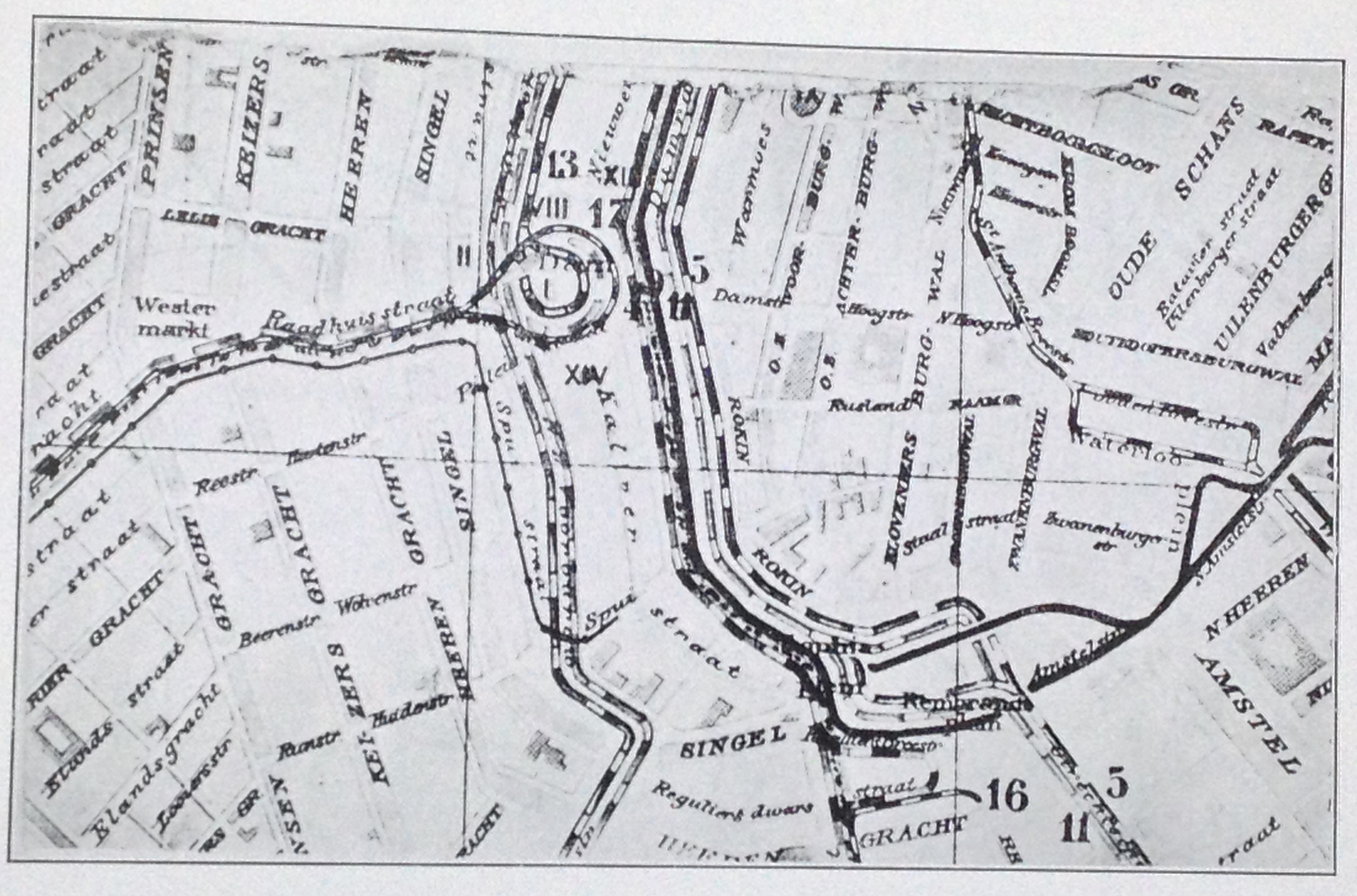

Kommentare (13)